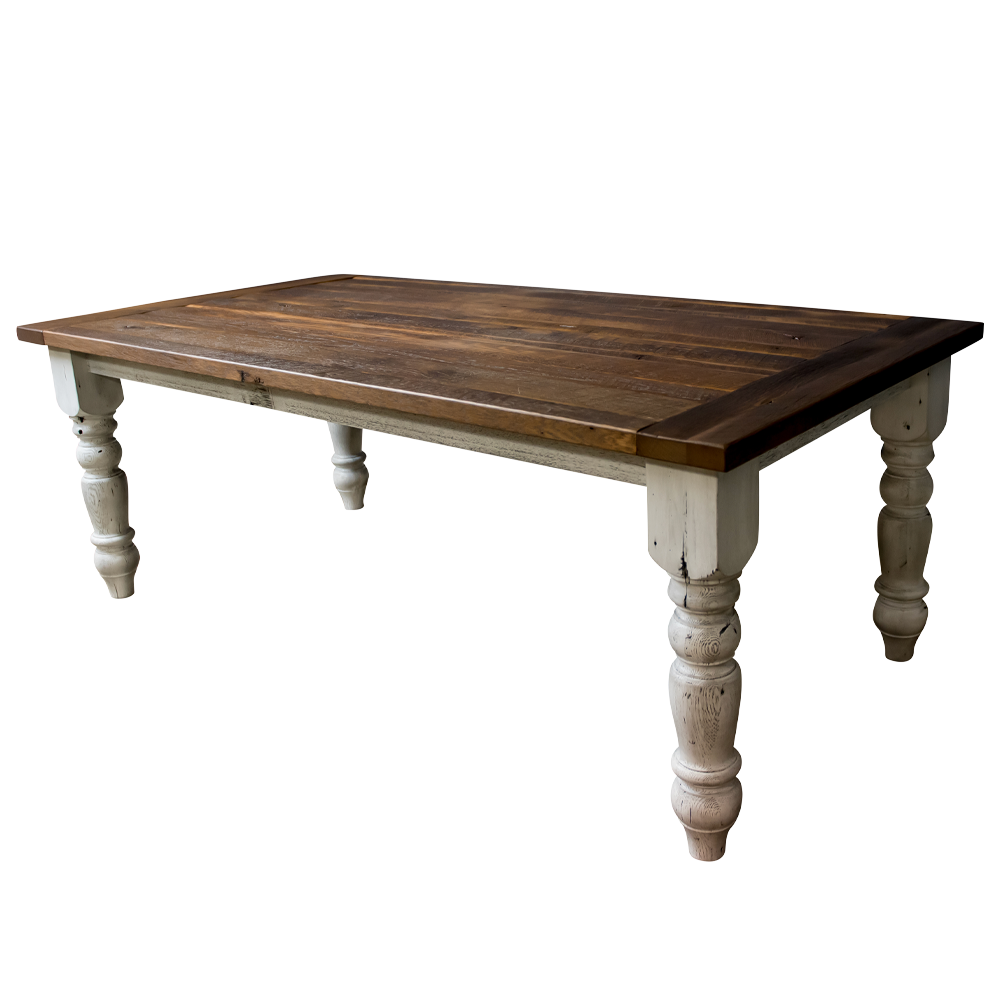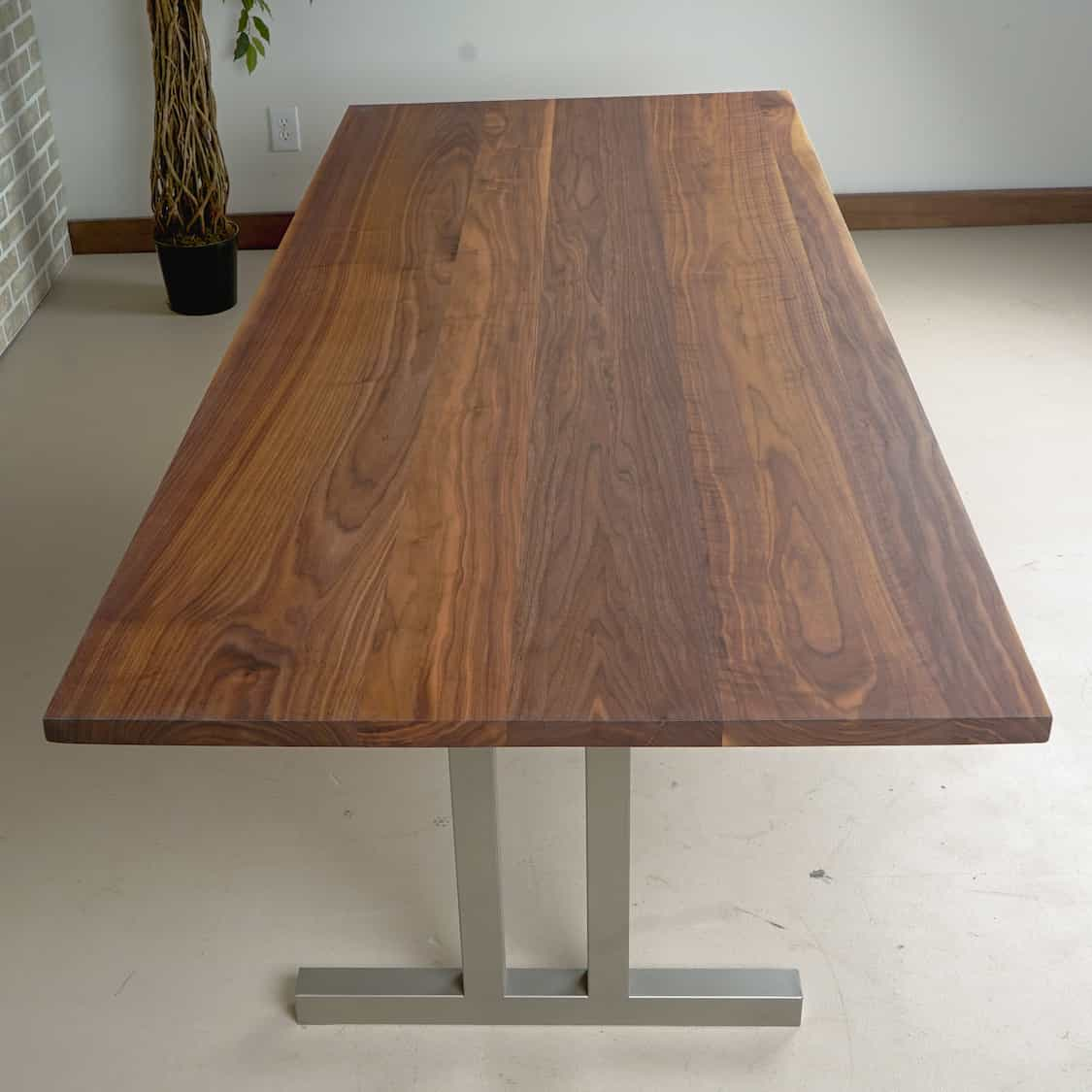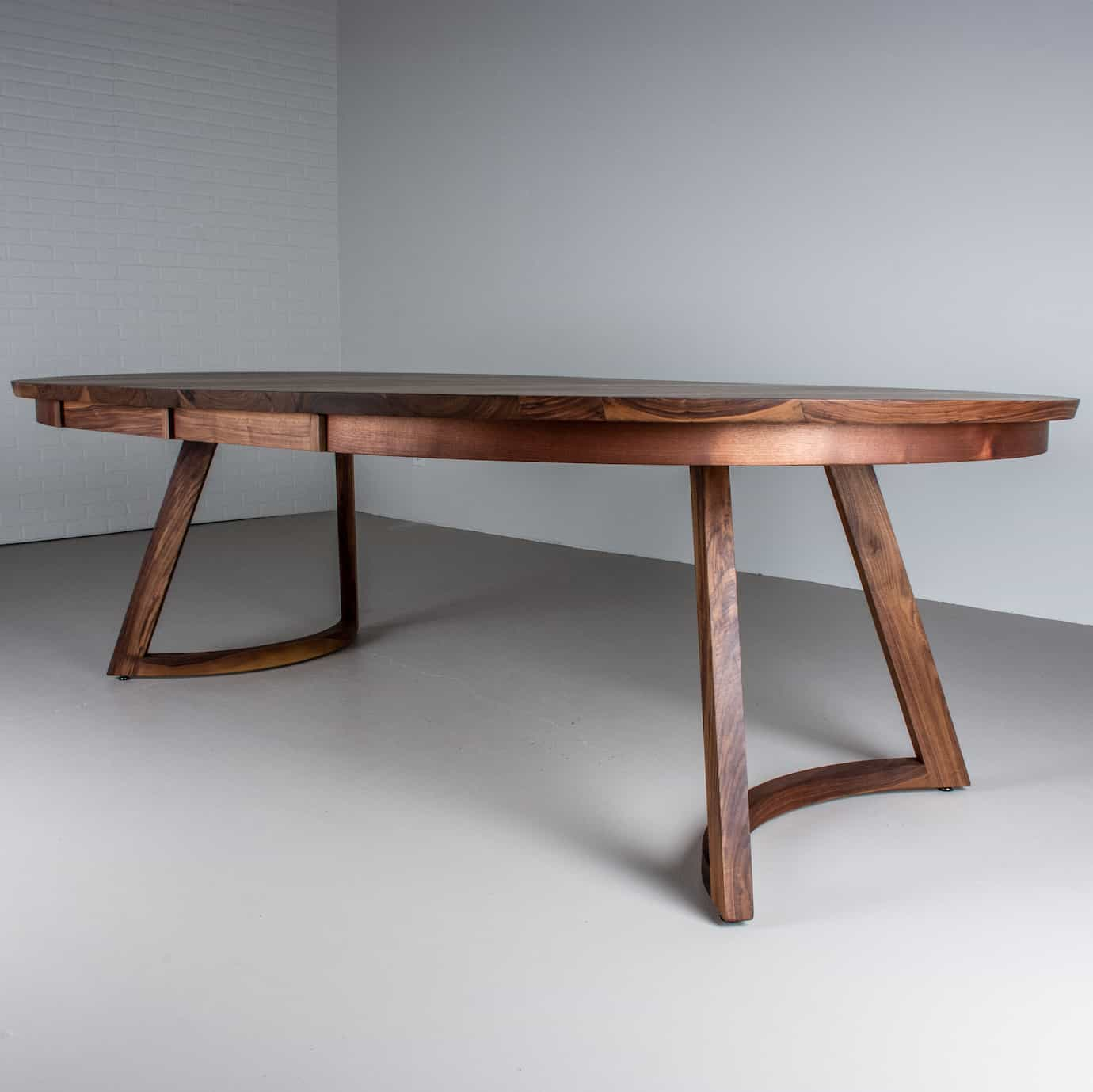Transform Your Furniture with Premium Dining Table Legs Wood Options
Wiki Article
Crucial Factors To Consider for Choosing the Right Table Legs Timber
Picking the ideal timber for dining table legs involves a nuanced understanding of different factors that influence both functionality and aesthetic allure. The option of timber type, ranging from durable woods to extra delicate softwoods, plays a critical role in guaranteeing sturdiness and stability. Each of these aspects can substantially influence the total experience of your eating area.Significance of Wood Kind

Hardwoods, such as maple, walnut, and oak, are commonly favored for their stamina and resistance to put on. These kinds of timber supply a durable foundation that can endure day-to-day use, making them ideal for eating tables that experience regular events. In contrast, softer timbers like want may be much more vulnerable to scrapes and damages, which may not be suitable for high-traffic locations.
Moreover, the selection of timber can also impact the convenience of upkeep. Some timbers need regular oiling or securing to protect their appearance, while others might be extra flexible. Ultimately, picking the proper wood kind includes stabilizing visual considerations with sensible demands, guaranteeing that the eating table legs not just look attractive but additionally stand the test of time.
Analyzing Stability and Strength
When reviewing eating table legs, one should take into consideration the stability and toughness they supply to the total framework. The legs are vital in sustaining the table top and making sure the dining experience is delightful and risk-free. A stable table is necessary for avoiding tottering or tipping, which can result in spills or mishaps during dishes.The selection of wood type significantly affects toughness. Hardwoods such as oak, maple, and walnut are commonly more resilient and durable than softwoods like ache or fir. Additionally, the thickness and layout of the legs play a vital role; thicker legs or those with a tapered style can use far better support and security.

Aesthetic Factors To Consider
While functionality is vital, the visual appeal of table legs can not be overlooked, as they substantially affect the overall style and atmosphere of the eating space. The selection of finish, style, and wood can boost or take away from the table's visual impact.
Surfaces additionally play an Full Article important duty in go to these guys visual appeals. An all-natural finish can highlight the wood's innate appeal, while repainted or stained legs can introduce shade and individuality into the space. Moreover, the percentage and range of the legs about the tabletop and surrounding furnishings has to be considered to guarantee visual balance and communication.
Inevitably, the dining table legs ought to not just offer a functional function but additionally contribute to a natural and welcoming ambience, making them a crucial factor to consider in the total layout of the eating location.
Maintenance Demands
To guarantee durability and protect the appeal of wooden table legs, regular maintenance is essential (Dining Table Legs Wood). Timber is an all-natural product that can be at risk to harm from wetness, warm, and use. Establishing a regular treatment plan will dramatically improve the toughness of your dining table legs.Begin with regular cleaning utilizing a soft, lint-free cloth to remove dust and particles that can scrape the surface. For even more extensive cleaning, make use of a moderate soap service and damp fabric, preventing excess moisture that can leak right into the wood. It is advisable to use a top quality timber gloss or conditioner every couple of months to nurture the timber and maintain its appeal.
Furthermore, consider the setting where the table is placed. Stay clear of direct sunshine, as it can trigger fading, and make use of placemats or coasters to secure the surface from warmth and moisture. Resolve any damages or scratches immediately with appropriate timber filler or touch-up pens to avoid more wear and tear. By sticking to these upkeep needs, you will not just preserve the aesthetic charm of your wood dining table legs yet also prolong their practical lifespan.
Spending Plan and Cost Elements
Budget plan and expense aspects often play a critical duty in the decision-making process for choosing wooden table legs. When assessing choices, it is necessary to develop a clear budget plan that lines up with your general furniture investment. The cost of wooden eating table legs can differ dramatically based upon the type of wood, craftsmanship, and design complexity.Woods such as walnut, oak, and cherry normally command higher rates because of their sturdiness and aesthetic allure. In comparison, softer woods like ache might be much more budget-friendly but could not use the same longevity. In addition, customized or artisan-crafted legs can sustain additional prices, mirroring the skill and time purchased their creation.
It is also crucial to think about the possible long-lasting worth of your investment. While going with lower-cost products could appear financially sensible initially, they might require even more frequent substitute or repairs, inevitably enhancing total expenditure.
Consequently, balancing top quality and cost is necessary. Prioritize materials that fulfill your aesthetic choices while guaranteeing they fit conveniently within your spending plan, allowing you to produce an eating area that is both aesthetically enticing and functional.
Final Thought
click here now Finally, selecting the ideal timber for dining table legs demands mindful factor to consider of different variables, consisting of timber kind, stability, appearances, upkeep, and budget. Woods such as oak and walnut supply superior sturdiness and strength, while style and thickness add to overall stability. Visual charm and upkeep needs must align with specific choices and way of life. Inevitably, a well-informed decision will certainly improve the durability and aesthetic appeal of the table, ensuring complete satisfaction and functionality for many years ahead.Selecting the best kind of timber for dining table legs is crucial for both visual allure and architectural stability. Eventually, selecting the ideal timber type includes balancing visual considerations with practical requirements, guaranteeing that the eating table legs not only look attractive but also stand the examination of time.
It is a good idea to use a high-quality wood gloss or conditioner every couple of months to nurture the wood and keep its appeal.
The expense of wood dining table legs can differ significantly based on the type of craftsmanship, wood, and style complexity.
In conclusion, choosing the appropriate wood for dining table legs necessitates cautious consideration of various factors, including wood type, security, aesthetic appeals, upkeep, and spending plan.
Report this wiki page